It may not be obvious to many, but hundreds of millions of people around the world depend on mountains even when those mountains are far distant.
For example rivers supplied by glaciers have created complex ecosystems while providing vital water, and income for many.
But, the mountains are being changed as the climate changes.
David Hik (PhD) is a professor in the Biological Sciences Department at the University of Alberta, and a co-editor of a new report on changes happening in Canada’s mountains.
ListenThe report is called State of the Mountains . The first such report was prepared in 2011 dealing mostly with glaciers. Since then many have called for an update. Thus this new 2018 study was prepared, and was rather more comprehensive than the first, including several other aspects related to mountains including changing plant life, ecosystems and cultural and economic effects of change.
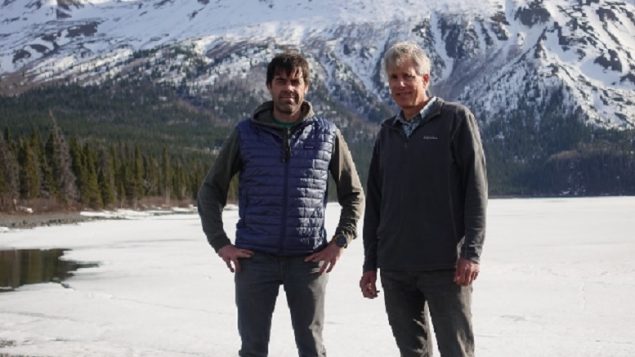
Co-editors, Zac Robinson (L) and David Hik (R) of the University of Alberta. shown in Kluane National Park. Photo-supplled
One result was a call to governments to plan for the day when the glaciers are melted and no longer supply the rivers and lakes so many depend on.
An example of drastic change is the virtual end of the Slim’s River fed by a glacier and flowing into Lake Kluane in the Yukon, and from there north all the way to the Beaufort Sea.
The glacier has retreated so far that in 2016 that it passed a dividing geographical feature so that the dwindling flow took a new direction, south into the Alsek and on to the Gulf of Alaska. This change is already having a major affect on those living on the lake, and downriver.
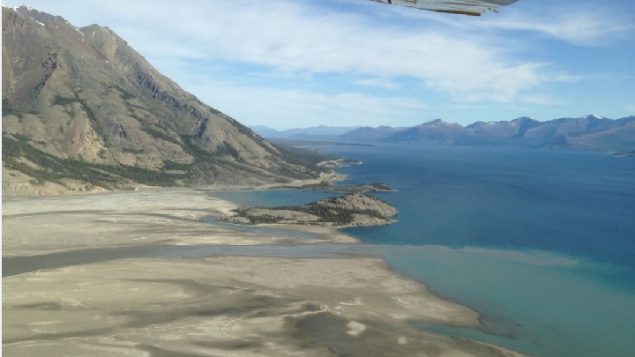
The glacier-fed Slims River delta which once flowed in Kluane Lake, but now is little more than a trickle. Photo: David Hik.
In a press release for the study, co-author and mountain historian Zac Robinson said, “This is one stark example of a very big drainage system that utterly and permanently reorganized itself in a single season. Kluane Lake is a massive lake that isn’t being fed any longer and is seeing its levels dropping. What does that do to the ecosystem and the communities on that lake that depend on that water”?
Hik says this kind of event will happen more often as glaciers retreat.
Not intended as doom and gloom
Glaciologists predict the Rocky Mountains will lose 80 per cent of their glaciated terrain over the next 50 years, and this will lead to water shortages for people who depend on glacier fed rivers. Hik says the State of the Mountains report was not intended to be a doom and gloom report, but rather an accounting of the changes taking place, and written in terms most people can easily understand, The idea is to note the changes taking place and their actual and potential effects such that policy makers can be made aware and plan accordingly.
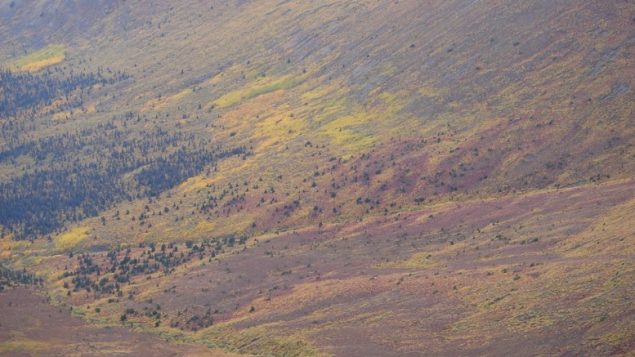
Printer’s Pass, Yukon: The tree and shrub line is moving further up the mountain as the climate warms. But with less harsh winters, destructive pests are also surviving winters and increasing in number and damage. Photo: David Hik
The report was put together by University of Alberta mountain historian Zac Robinson, mountain ecology researcher David Hik and Lael Parrott from the University of British Columbia.
Prepared for the Alpine Club of Canada, and in partnership with the Royal Canadian Geographic Society, this year the report is focusing on changes happening to mountain glaciers and related water systems, affects on tourism, avalanche prediction, how birds and mammals are affected, and advancing plantlife up mountainsides.
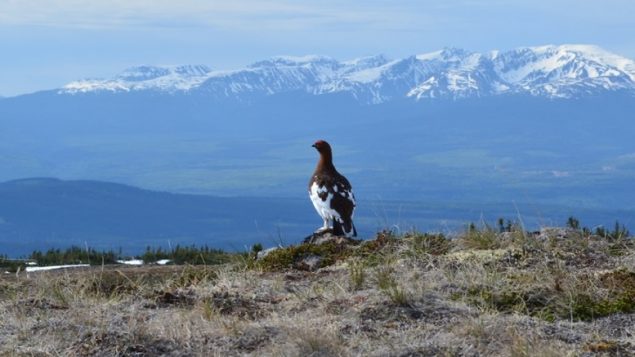
White-tailed ptarmigan on Vancouver Island As the mountain ecology changes so to does plant and wildlife, pushing some species out, and others in. Many migrating birds depend on the mountain ecosystems. Photo: Kathy Martin
The report will now become an annual exercise with different researchers providing updates on changes to differing aspects of mountain characteristics and the repercussions downstream.
additional information
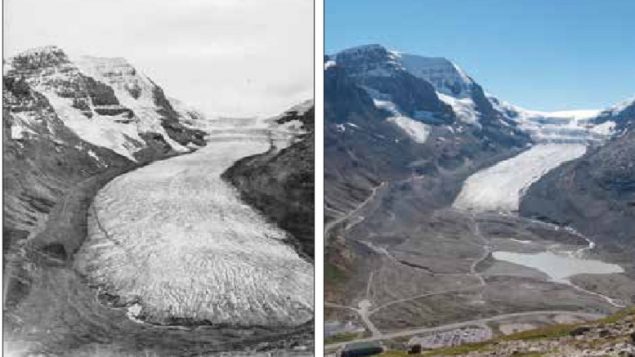






For reasons beyond our control, and for an undetermined period of time, our comment section is now closed. However, our social networks remain open to your contributions.